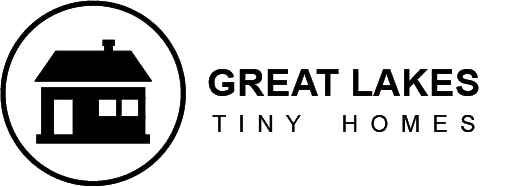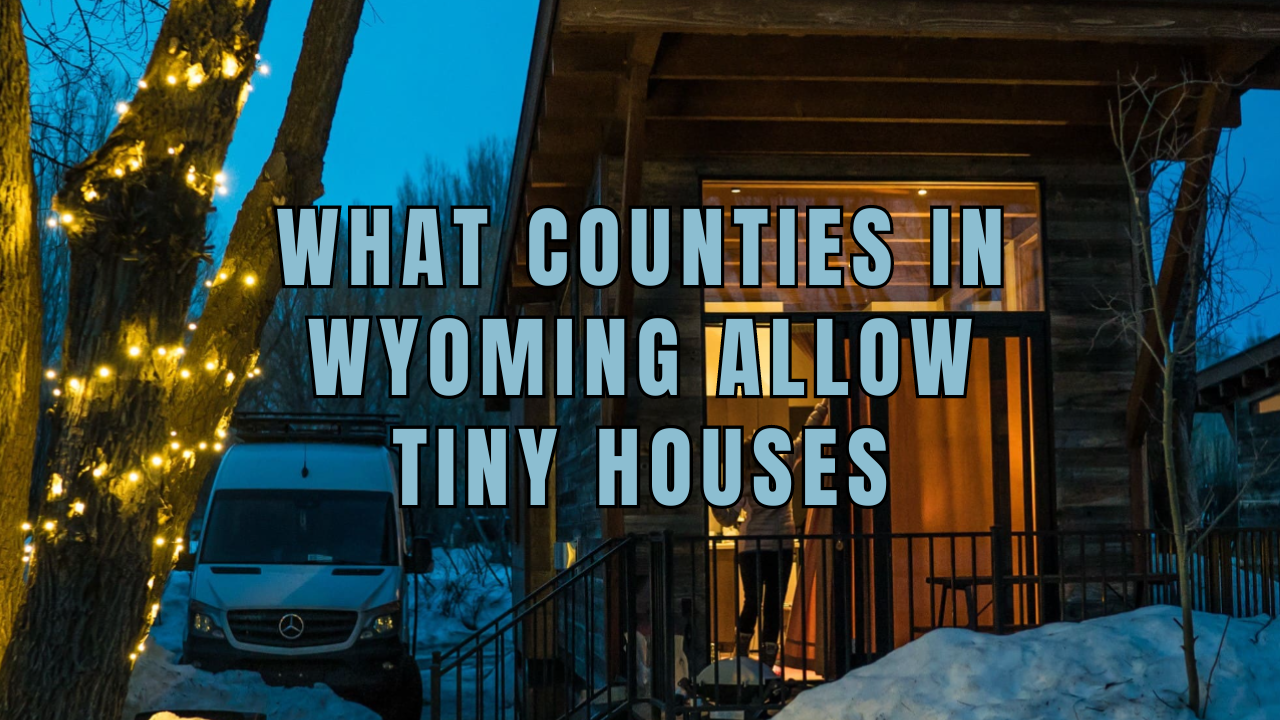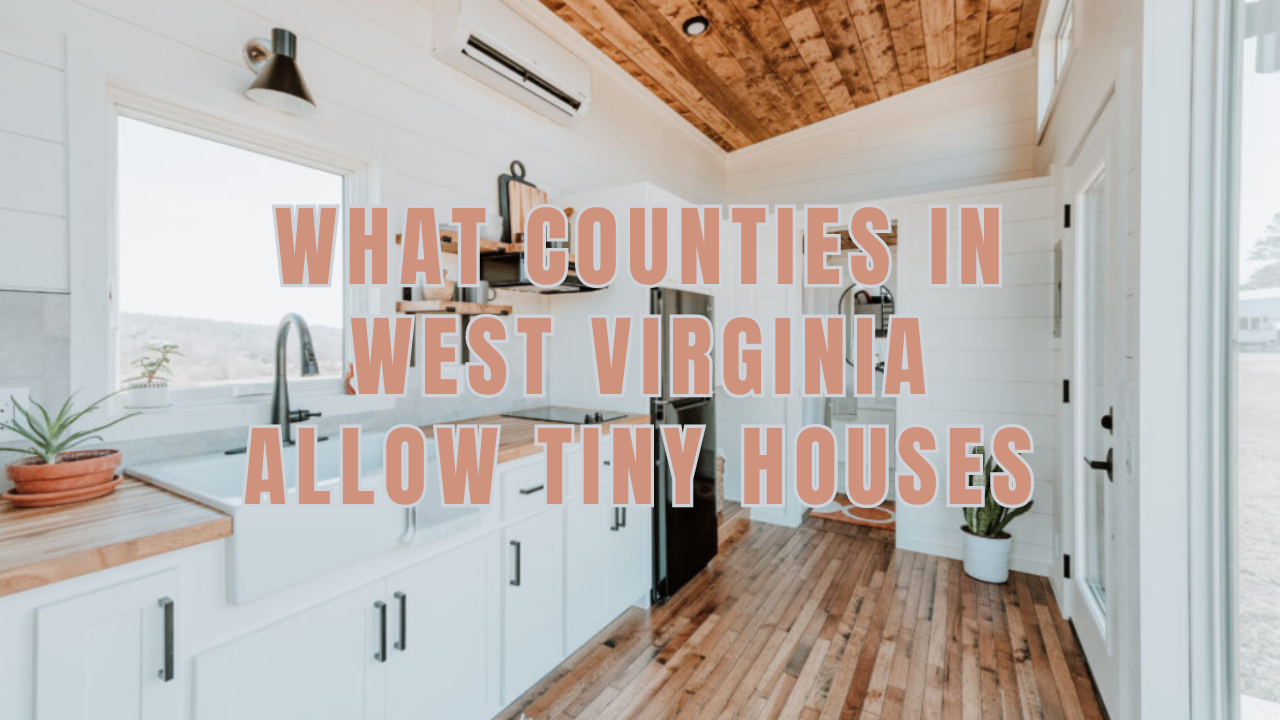As more people seek the simplicity and affordability of living small, the popularity of tiny houses continues to grow. However, navigating the zoning regulations and municipality laws is a challenge for those looking to settle in Utah. Understand the rules and regulations surrounding tiny houses living in the various counties of Utah.
In this article, we will explore the counties in Utah that allow tiny houses, the tiny homes near me, and the rules and regulations in Utah you need to consider before embarking on your tiny house journey.
Tiny House Prices in Utah
When building a tiny house, find reasonably priced options that satisfy your requirements.
We offer options to suit every lifestyle and budget to let you continue with your living work. View the available tiny homes in Utah.
What Counties in Utah Allow Tiny Houses?
In Utah, the degree of local government autonomy accounts for a considerable portion of the differences in small home regulations between significant cities and counties. Every jurisdiction sets its own building standards and zoning laws, which impact factors like community values, land availability, and population density.
As an illustration, whereas some localities may welcome small houses as an affordable housing option, others could be concerned about neighborhood character preservation or infrastructure.
Washington County
The minimum square footage essential for Washington County is less than 300 feet. Residential zones permit the usage of tiny homes with foundations as long as they have access to utilities.
Tiny homes on wheels are not suitable for full-time habitation because they qualify as park-model recreational vehicles. Washington County’s Ordinance lays out all of these particular rules.
Salt Lake County
Regulations in Salt Lake County, Utah, allow the placement of tiny dwellings less than 400 square feet—as long as they are on a foundation or accessory dwelling units (ADUs) and adhere to basic sanitary standards—on residential lots where larger homes already stand. It is wonderful news for people who wish to permanently reside in a tiny home close to Salt Lake City. The city has also authorized a tiny house village to combat homelessness.
Tiny House Regulations And Rules In Utah
The state of Utah has an unusual approach to tiny homes because there is no state-wide statute that regulates them. Rather, local governments set the standards, which results in a varied environment of laws and perspectives about micro-dwelling. The following provides a thorough analysis of structures that are transitional, temporary, and permanent:
Permanent Structure Rules
Tiny homes on foundations are permanent residences exempt from some laws. Utah buildings must follow county-specific building codes that vary.
Note that these dwellings are immovable since they are built on a permanent foundation. It is hence not viable to go somewhere else by towing your tiny home on foundation (THOF) behind a truck.
However, a small home on a foundation needs to meet the requirements set out by the IRC foundation, which include the following:
- The foundation supports and transfers all loads to the supporting soil.
- The property needs to be graded to send surface runoff to a storm sewer conveyance.
Temporary Structure Rules
Auxiliary housing is a feature of temporary tiny dwellings. Several of the time, these little residences are next to larger family homes.
- Tiny homes are not permitted in Utah, except for ADUs or auxiliary dwelling units.
- Guest homes are a common type of auxiliary living unit that can be helpful for people with large families or young people.
In Utah, tiny houses on wheels are commonly classified as recreational vehicles (RVs) and therefore qualify as temporary structures. Although they are not subject to property taxes, they are subject to certain restrictions.
- The maximum stay restrictions and the need for recurring movement.
- Not all counties classify mobile homes as RVs, which makes using them as permanent residences more difficult.
- Certain places charge more for anyone who wants to live permanently in a THOW.
Transitional Structure Rules
Transitional structures in Utah use materials that are easily moved and are not considered permanent residences. These may include tiny homes designed to be frequently moved or those that do not meet the criteria for a temporary or permanent dwelling. The laws governing these types of constructions are not well-known, and different local governments may have varying regulations.
In Utah Where Can I Build A Tiny House?
Selecting a site for the tiny house is crucial. Choose a licensed tiny house builder to help you through the process, handle the paperwork, and guarantee that your home complies with all building regulations.
Even though it takes a lot of labor, creating a tiny house doesn’t have to be difficult if you have a tiny house plan. The following places are often for tiny homes:
- RV parks
- National Parks and campgrounds
- Tiny house communities
- Private properties
Tiny House Communities in Utah
Tiny house communities in Utah are gaining popularity as people look for more sustainable and affordable housing options. These communities often offer a close-knit, eco-friendly lifestyle with access to communal resources and shared spaces. With the beautiful landscapes of Utah as a backdrop, these communities provide an idyllic setting for those looking to downsize and live simply.
Wasatch Commons Cohousing
The goal of the Wasatch Common Cohousing Community is to strike a balance between the customary advantages of owning a house and the advantages of using resources and maintaining relationships with neighbors. Internet, a regular house, a garden, a library, a workshop, a fire pit, a gym, and outdoor relaxation spaces are among the usual amenities.
The community members take care of the land and carry out household tasks. Many people in the town own their homes, while some are rented. Wasatch Commons is ten minutes from Salt Lake City’s downtown.
Riverbed Ranch Homesteading
A community of 250 homesteaders lives independently of one another in Riverbed Ranch, Utah. The Utah OSR Land Co-Op is a charitable organization land cooperative working to build the Riverbed Ranch Community to enhance self-sustainability and self-reliance.
Tiny House Builders Near Me
Great Lakes Tiny Homes offers a large selection of small home styles that can be sent anywhere in the world, sparing you the headache of searching for regional vendors.
Moreover, the RV Industry Association (RVIA) authorized Great Lakes Tiny Homes as a builder dedicated to fulfilling the strictest construction, safety, and regulatory criteria for small houses in addition to the greatest production standards.
Do I Need a Certified Builder?
Yes, without a doubt!
You can be sure that your tiny house will be constructed in compliance with all relevant laws and regulations by dealing with an RVIA-certified builder like Great Lakes Tiny Homes.
Additionally, it guarantees that the materials in your house are the strongest, safest, and longest-lasting.
Working with an expert contractor also has another advantage of easier access to finance and insurance choices. A safe place to live in a tiny is provided by a house that conforms with RVIA rules.
FAQs
Can You Make a Tiny House in Utah Your Main Residence?
Yes, you can make a tiny house your permanent residence in Utah.
In contrast, follow all relevant local laws and ordinances. The best course to take is to contact your local zoning and government organizations to find out if your small house complies with all applicable rules, especially those involving inspection requirements.
You can experience the benefits of living an environmentally friendly lifestyle and working with Utah-licensed builders.
In Utah, How Tiny Does a Home Get?
How small a house can be depends on Utah’s local tiny house laws and if the area complies with the International Residential Code (IRC).
The IRC stipulates that a tiny house must have a minimum square footage of 400 feet. The minimum ceiling height for living areas and hallways in compact houses is 6 feet 8 inches, while kitchens, toilets, and showers must have ceilings that are at least 6 feet 4 inches high.
In Utat Does My Tiny Home Need to Pay Property Taxes?
Depending on whether your area defines the tiny house as a permanent building. If your tiny house is a mobile holiday home, you probably won’t pay property taxes, if is a tiny house on a foundation and the zone administrator considers it to be a primary home, you will be responsible for property taxes. However, the best choice is to ask the local zoning office for clarification.
Conclusion
It is fundamental for everyone interested in tiny house living in Utah to learn about the specific rules governing the zone in which they intend to build or park their tiny home. Because the laws can vary from one location to another, and what is legal in one county can vary in another. More standardized laws may come as the tiny house movement gains popularity, but for the moment, successfully navigating Utah’s tiny home market requires an awareness of the local environment.





